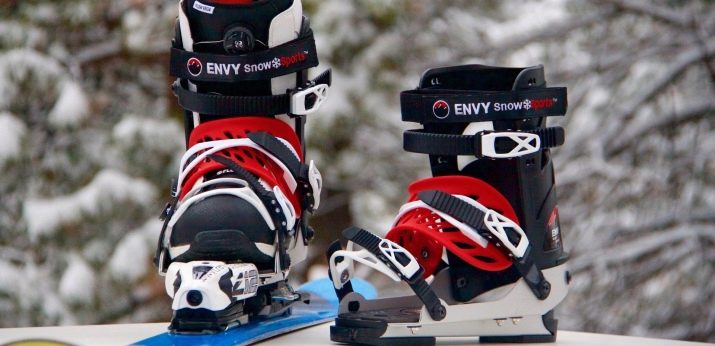Choosing downhill skiing
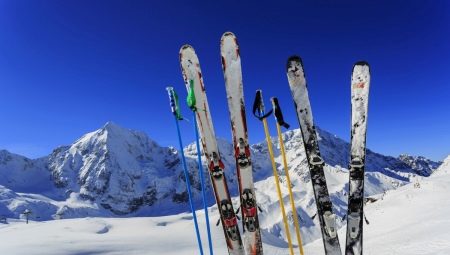
Alpine skiing is a special type of ski. They are used for descents from mountain slopes, in alpine skiing. Today we will focus on the main features of such products, their types.
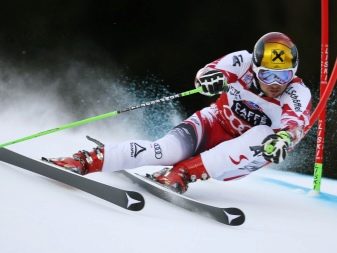
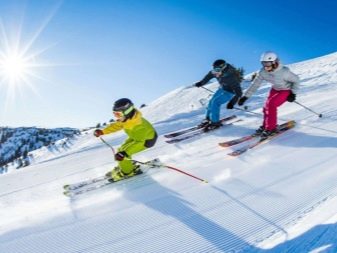
Peculiarities
Downhill skiing is significantly different from other types. The first option is much shorter, but also much wider. This design makes it easy to move around the mountainous terrain.... In the manufacture of this sports equipment, only high-quality and high-tech materials are used.
When creating mountain models, special attention is paid to the safety of the structure. It should be noted that they are more expensive than conventional skis.
If you are planning to purchase mountain samples, then remember that you will have to buy special shoes for them separately.

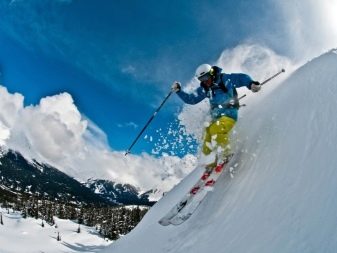
Views
Alpine skiing can be of different types. Let's consider the most popular options.
Piste
These models are also called carving... They differ increased indicators of torsion and longitudinal stiffness. However, they have a narrower waist and a smaller rocker. The trail equipment provides the most efficient edging, special tenacity for mountain slopes. The skis will not stall even with very sharp turns.
Route products should be divided into several separate groups depending on the radius:
- short-radius (sleeping) - their radius is up to 12 meters;
- medium radius - they have this value in the range from 12 to 17 meters;
- long radius - their radius exceeds 17 meters.
The choice of a suitable radius will depend on the personal preference of the user.
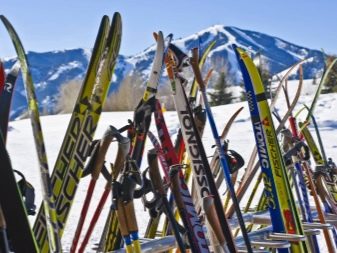
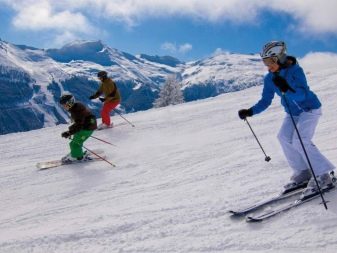
There are two separate types of cross-country skiing.
- Carving station wagons... These models will be the most suitable option for carving movement in various conditions on the tracks. These products are distinguished by a shorter rocker, increased waist. Carving station wagons are especially resistant to lateral maneuvers on hard tracks.
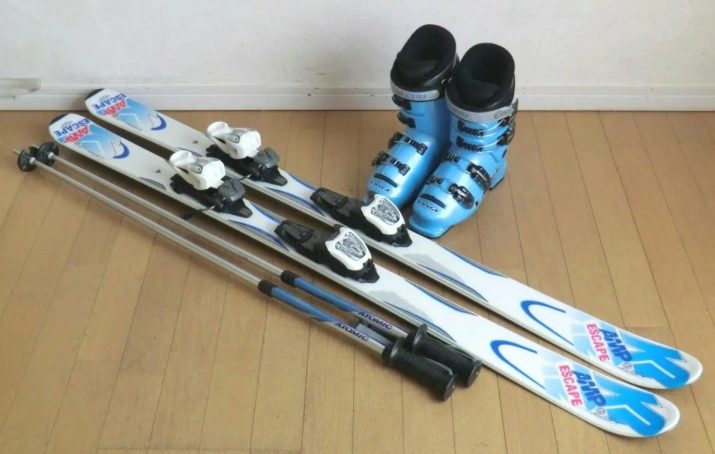
- Carving skis. Such equipment will be an excellent option for riding on perfectly flat sports tracks. The products are distinguished by a shorter front rocker, a narrower waist, and increased torsional and longitudinal stiffness. The heel and toe are also particularly rigid. Carving skis are used for more active movement, they easily bury their front end in loose snow masses. They will provide the fastest possible reordering.
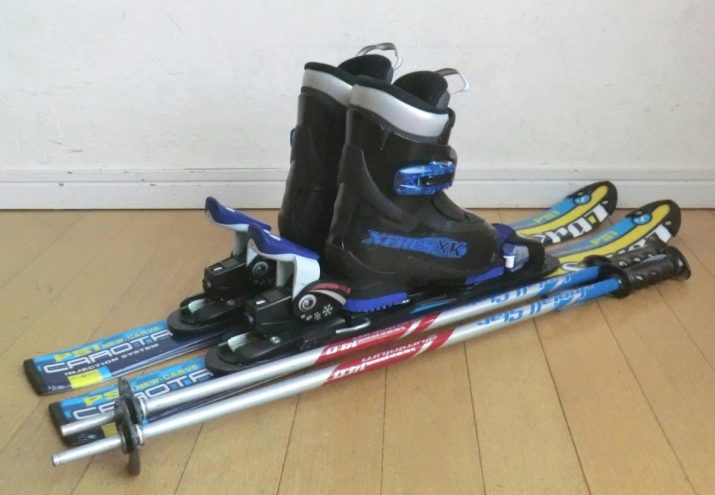
- Sports shop skis. Most often, these models are preferred by athletes. They are created with the tightest waist. The structure is made without a rocker. Sports hall samples will be an excellent option for ski competitions. They will provide the maximum speed of edging, excellent grip on the track.

Sports
These models are characterized by maximum rigidity, excellent handling and high speed. Most often, sports alpine skiing is purchased for skiing on large tracks. Sports varieties are divided into separate groups.
- For slalom... Such elastic skis have side cutouts (8-15 mm each). They also have a big difference between the waist and the width of the toe.
- For giant slalom. Rigid skis have side cuts with a radius of 17 to 21 m. The length of the products must be the same as the height of the skier.
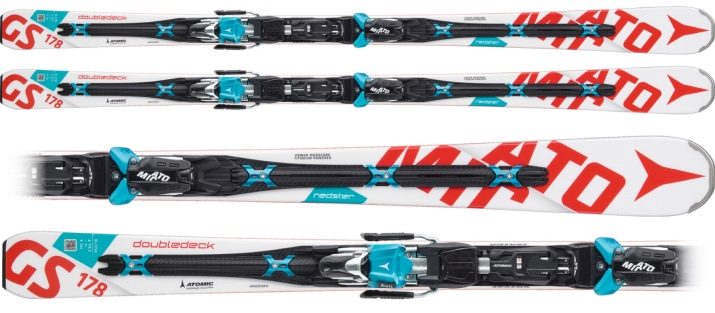
Universal
These models are designed for driving on mountain slopes with varying amounts of snow. But at the same time, they will not be able to give maximum speed while riding. Universal specimens have lower torsional and longitudinal stiffness indicators than conventional models.
Also, these alpine skis have a relatively wide waist (73-105 mm), rocker is 10-12% of the length. At a significant speed, such equipment can bend and slip. Universal models can be of two types.
- Piste... In their shape, they resemble simple piste skis, but at the same time they have a wider waist. Such sports equipment can be used for trail riding in any condition. It has considerable rigidity. Some units are supplied with special anti-vibration parts.
- Off-piste... They are characterized by a wide waist (can reach 105–107 mm), so they won't be able to bend over so comfortably and easily. They hold turns hard. But at the same time, they allow you to easily and quickly go beyond the boundaries of the tracks.
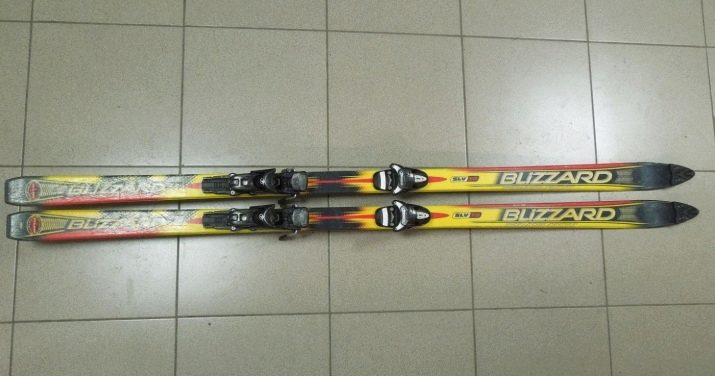
Freeride
These wide models are purchased for off-piste riding. They can handle deep snow. The waist width of such alpine skis varies, as a rule, from 100 to 105 mm.
Such structures are not at all suitable for movement on highways, because they break off when cornering.
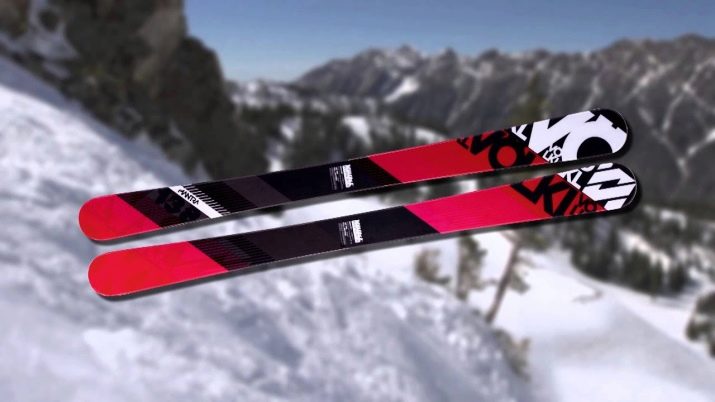
Park, freestyle, jibbing
Such symmetrical skis have bends on both sides at once, this design makes it possible to ride backwards. Often just such models are used to perform various jumps.
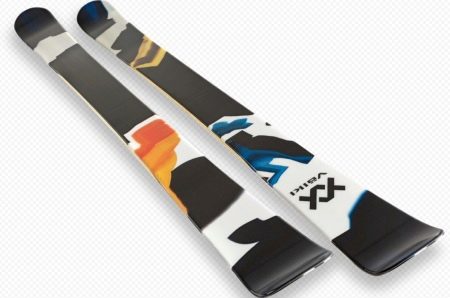
Backcountry and ski touring
These varieties are intended for tourism. They allow skiers to easily climb to the peaks, provide easy descent from them. These skis have a special lightweight design. It is equipped with special mounts, for such models you will have to buy separate shoes.
On skis of this type, there are special clips for kamus. They are small slippery pads, such elements do not allow you to go back.
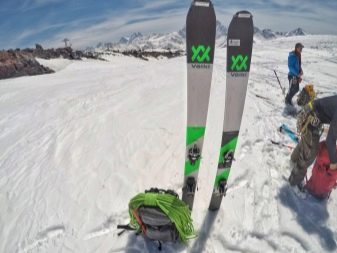
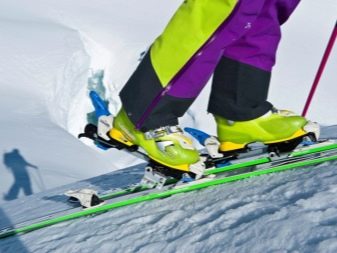
Stiffness types
Before purchasing alpine skis, you should look at their rigidity. There are two main types.
- Longitudinal stiffness. It is indicated on a scale from 1 to 10 (soft - soft, hard - hard).Stability at speed, force for indentation when cornering depend on this indicator. The greater the longitudinal stiffness is, the more stable the ski speed will be on a flat track. The lower the indicator, the easier it is to push through the structure when cornering.
- Torsional rigidity. It is not always indicated. The holding of the toe when cornering depends on this stiffness. The higher the indicator, the more load is needed to break the skis.
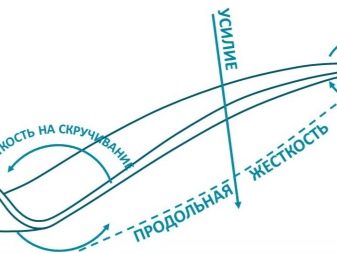
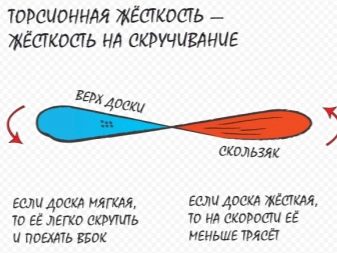
Dimensions (edit)
Before buying alpine skis for an adult, be sure to check the size chart. The length of the equipment should correspond to the height of the skier.
- Trace models - growth minus 10-12 cm.
- Universal models - growth minus 3-5 cm, or simply "in height".
- Freeride - growth plus 1-7 cm.
- Freestyle, park, jibbing - growth plus or minus 10 centimeters. The choice depends on the freestyle technique, the complexity of the tricks.
For a woman, alpine skiing should be another 3-4 centimeters shorter. This will reduce the effort required to ride. As a rule, female specimens weigh less.
The weight of the skier is also an important parameter. If it is more than normal, then the skis should be 4-7 cm longer. If the weight is less than normal, then they should be 4-7 cm shorter.
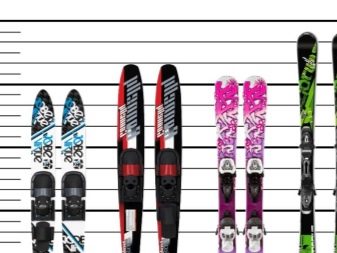
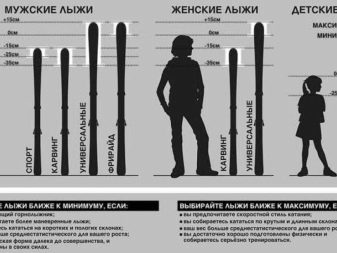
Rating of the best manufacturers
The following brands are included in the TOP of the best manufacturers of alpine skiing.
- Atomic... This Austrian brand produces reliable and durable skis at affordable prices. They are produced in a lightweight configuration. Side panels are often chosen to provide maximum cushioning. The company's products are highly maneuverable. Many models are perfect for professional, advanced skiers.
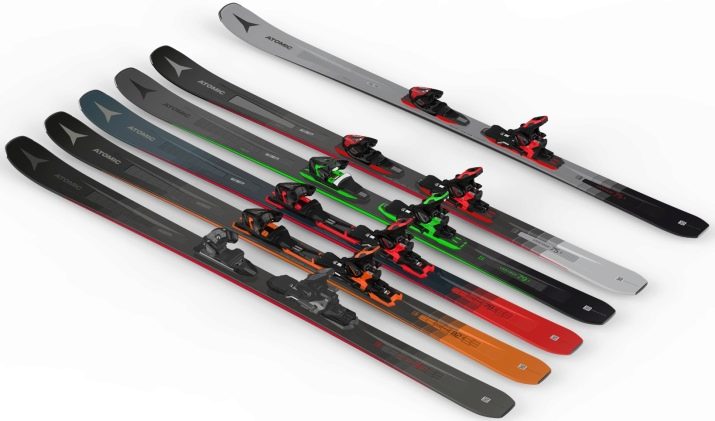
- Blizzard... This Austrian company produces a wide variety of alpine skiing models. The range includes items for beginners, amateurs and professionals. Freeride skis are considered the most popular.
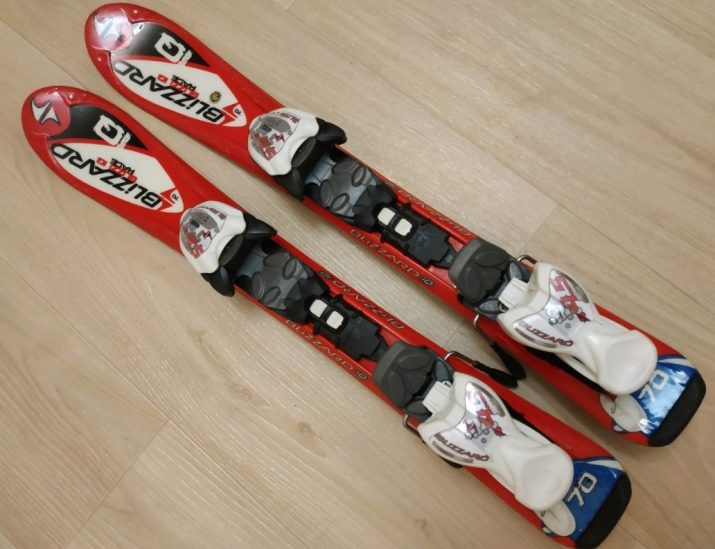
- Fischer... This manufacturer is also from Austria. Alpine skis for masters are produced under the brand. But some samples are also suitable for beginners. The assortment has a separate slalom line. The manufacturer produces skis in different price categories.
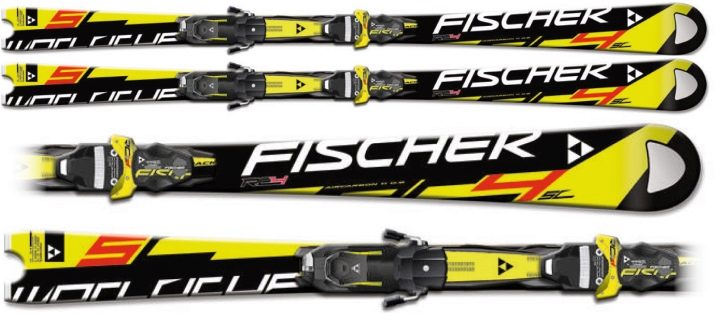
- Scott... A company from the USA makes skis for different categories of skiers, including those for amateurs and beginners. The company's products belong to the budget category. The manufacturer introduces new modern developments every year. The skis of this company are distinguished by special maneuverability and good handling.
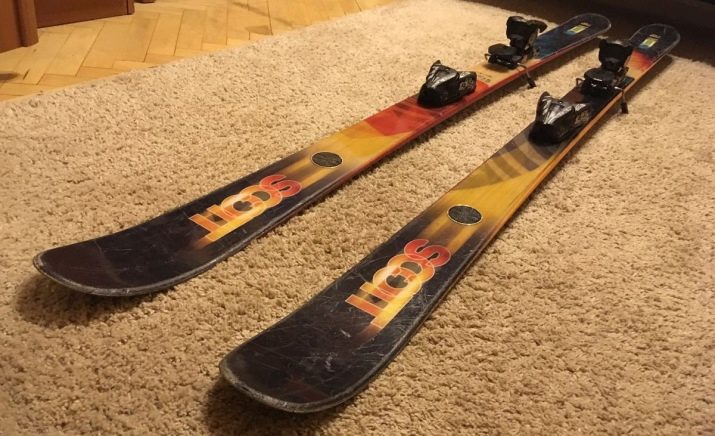
- Volkl... The German brand specializes in the production of quality agile alpine skis. Products under the Volkl brand can boast of special wear resistance, excellent sliding. The cost for it will be higher than average.
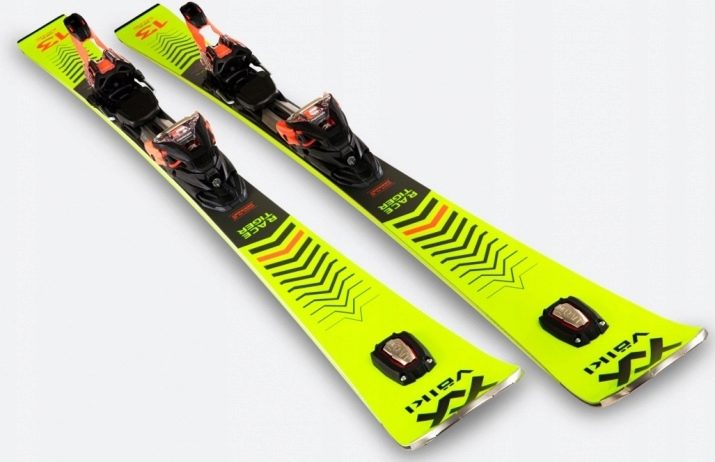
- Alppro... This domestic young brand produces budget-class alpine skis. All designs are handcrafted. If you wish, you can order a design according to individual sketches. In the production of skis, only the highest quality and high-tech materials are used, including titanal, polyethylene (high-molecular types), processed steel, beech, polyamide, polyurethane (shock-resistant), carbon, high-quality plastic.
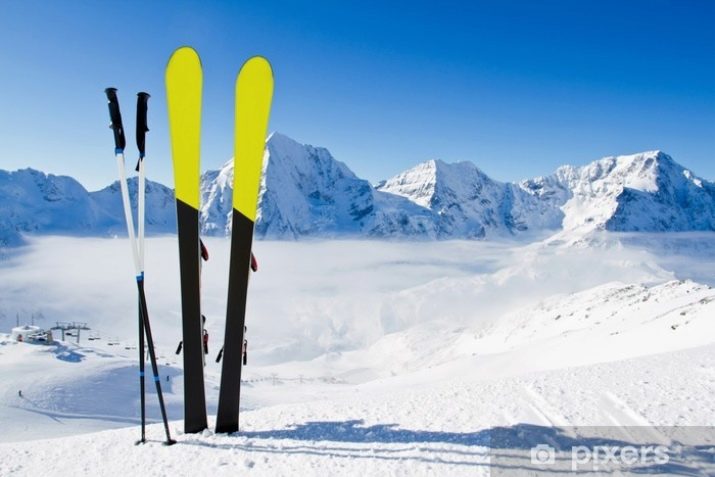
- NLF... A domestic manufacturer produces various types of skis. The range includes modern designs for professionals, simple and easy varieties for beginners and just for amateurs. The latest Swiss equipment is used to create sports equipment.
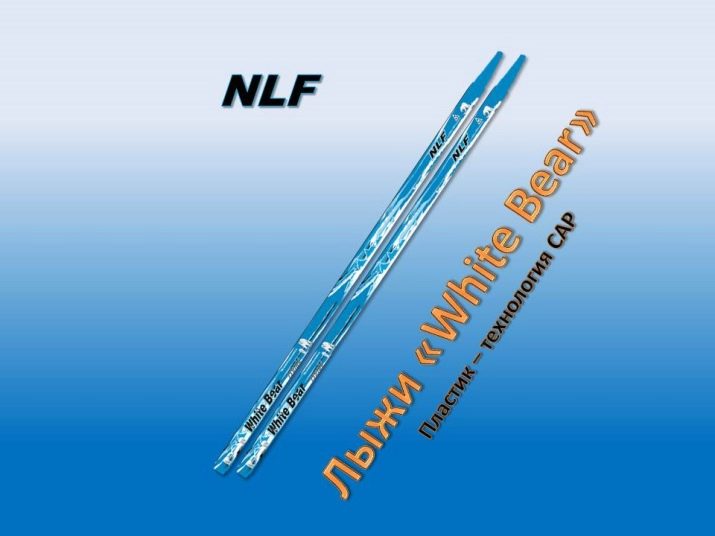
- NLK... This domestic brand specializes in the production of alpine maneuverable skis for skiing in various terrain. The "Hunting" variety deserves special attention. Such skis are specially designed for movement in forest mountainous areas. They can boast of special strength, high quality materials used. These alpine skis can last for many years.
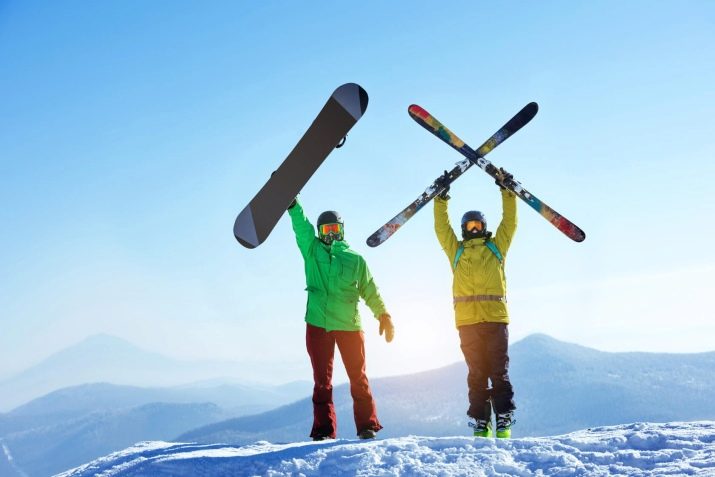
How to choose the right one?
Before buying a suitable model of alpine skis, you should pay special attention to some selection criteria. Be sure to look at the rigidity of the inventory. Soft models are great for beginners because they easily enter even tight, difficult turns. When leaving them, they remain as stable as possible.
For experienced users, specimens with greater rigidity are suitable. Such models easily dampen all vibrations from movement on uneven paths.
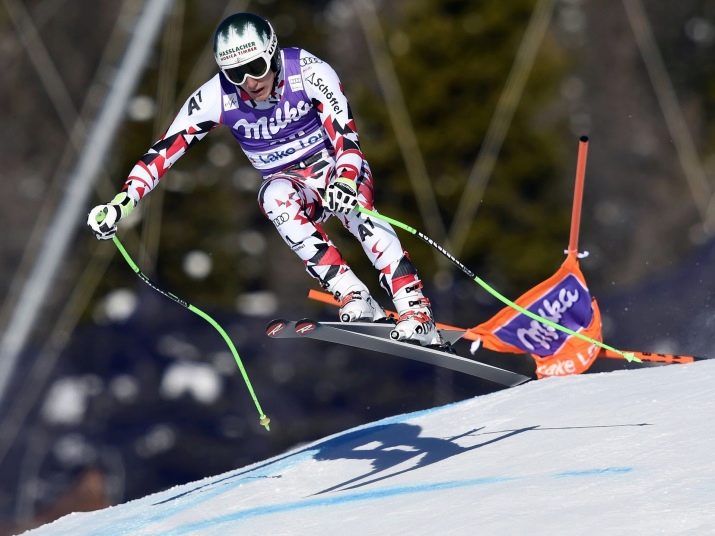
Also, when selecting, the length of the skis is of great importance. Above, we have already considered how to choose the length of such an inventory depending on the height of a person.
Determine in advance how much the skis weigh. Beginners should choose lightweight and simple structures, their control does not require significant effort, they will not cause discomfort to the skier during skiing.

Be sure to look at the geometry of the skis. Remember that the wider your waist is, the better your permeability will be. Wide mountain structures with a width of more than 75-80 mm perform well on unequipped paths.
Models with wide heels and toes provide smooth, secure turns. In addition, this geometry makes it easy to get out of corners, although this will reduce the speed.
The turning radius also plays an important role. The higher this indicator, the more speed you can develop while riding.
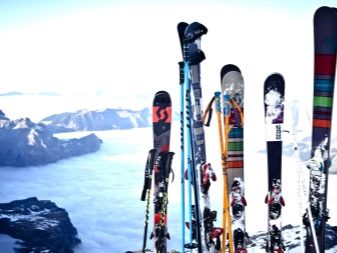
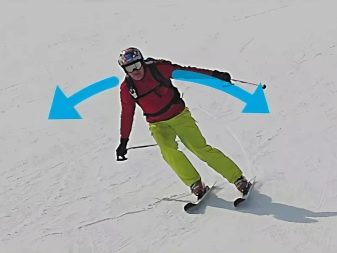
Consider the type of ski bindings... The safety of movement largely depends on them. These elements are needed in order to securely fix the skier's boots. Most often they are in the form of a special Velcro or a rigid retainer.
Each ski mount has a small scale, most often it contains numbers from 3 to 10. At the same time, the unit denotes 10 kilograms of effort during skiing (3 - 30 kg, 10 - 100 kg). The more experienced the user, the greater the loads will act on the mount, therefore, in this case, larger scale values are set.
